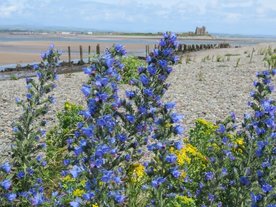 Viper's bugloss, Echium vulgare
Viper's bugloss, Echium vulgare In early July Viper's bugloss is striking, with massed ranks of tall flowers.
Years ago, there was an art exhibition at Abbot Hall, Kendal: cacti on felt. They linger still in my mind's-eye. Cacti somehow taking on a dramatic persona, a comic persona. Anthropomorphised cacti. Today, the mulleins of South Walney are the dramatis personae of the scene. This is their moment in the sun. With that structure they can't last long but for the time being they're dynamic and, before the flocks of waders return in the autumn, the stage is theirs.
Perhaps you have to learn to love the flora of mud-flats. At a glance, it appears drab and dingy. It's plants grow interwoven and you have to work out which strand belongs to which plant. With familiar plants I recognise different stages of development. Glasswort has a translucence, with wriggly segments that turn pink and gold later in the season. Now, it's in the green and as we were watching redshank and eider I realise I've photographed glasswort in the foreground. Come here in autumn and the mud-flats will have taken on a rosy, rusty hue.

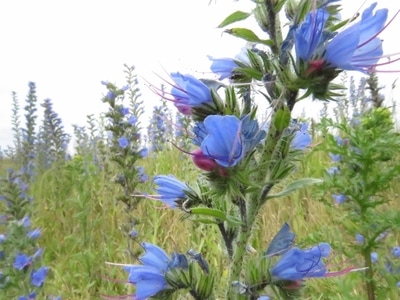
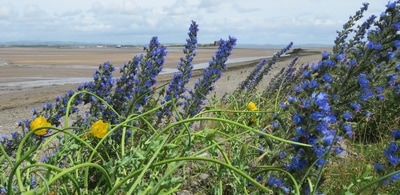
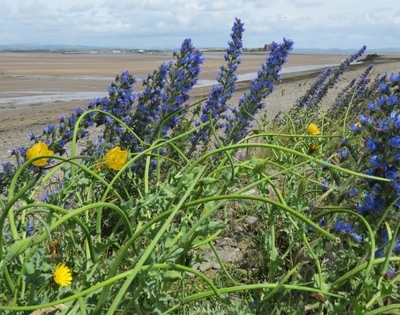
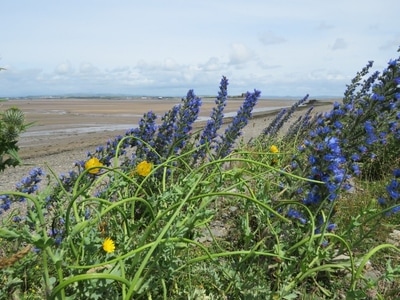
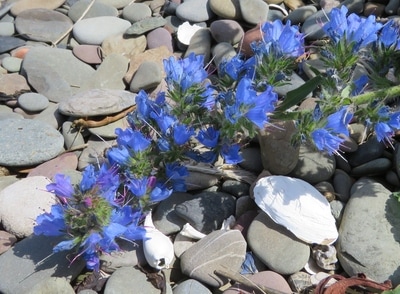
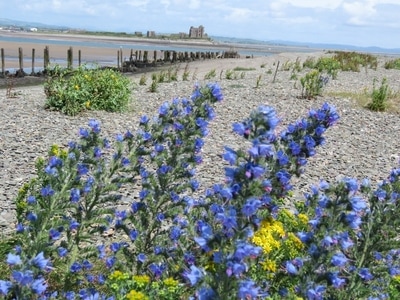
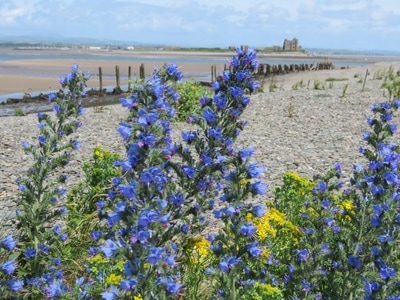
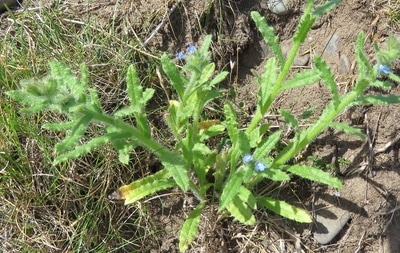
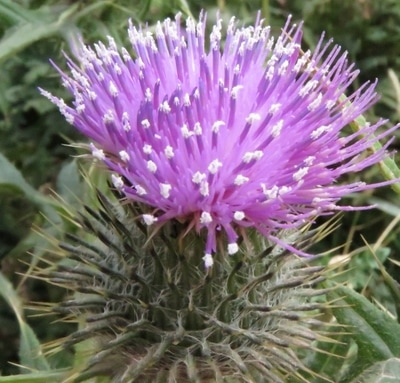
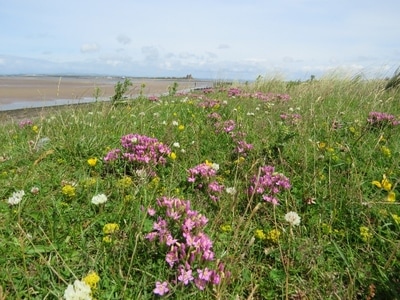
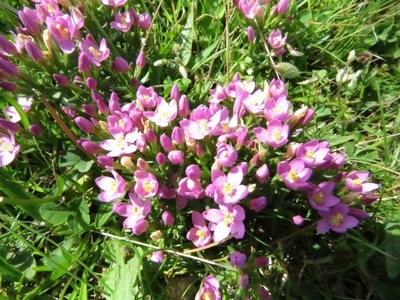
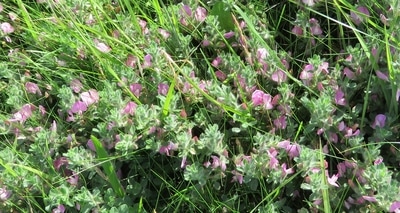
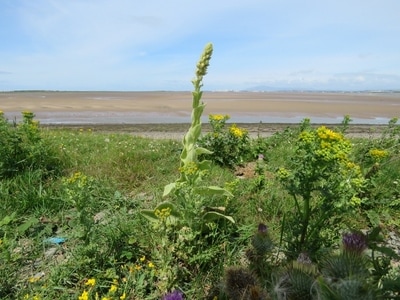
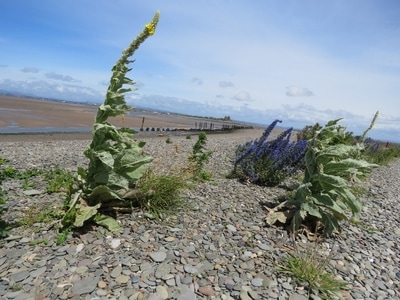
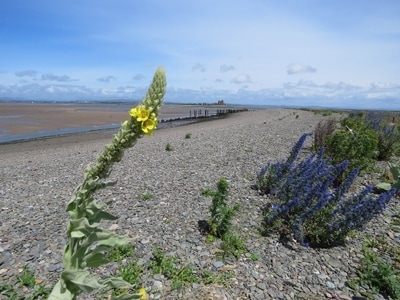

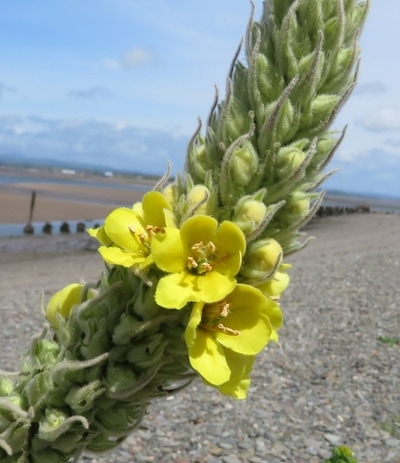

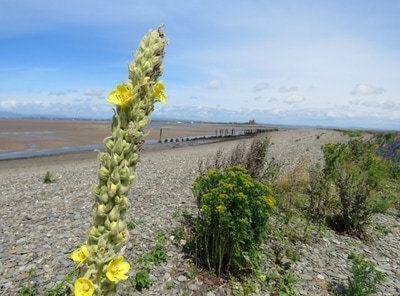
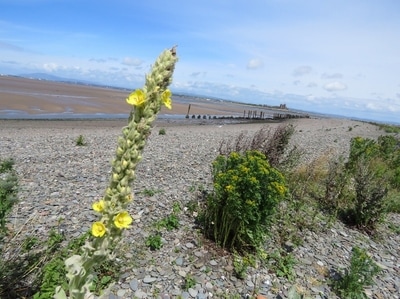
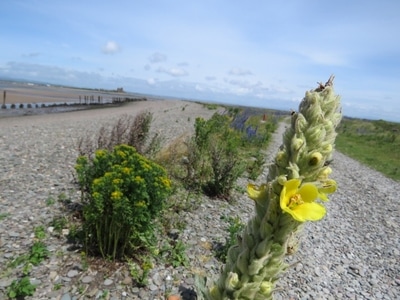
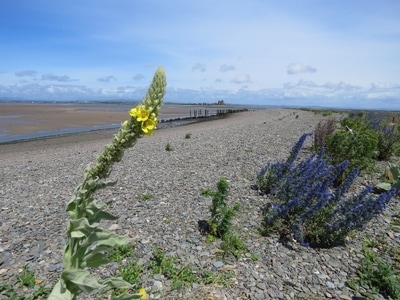
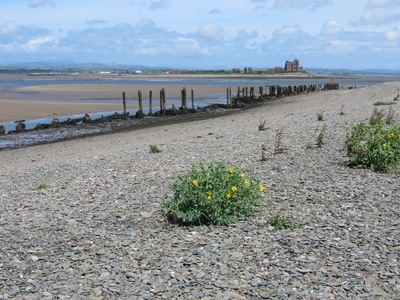
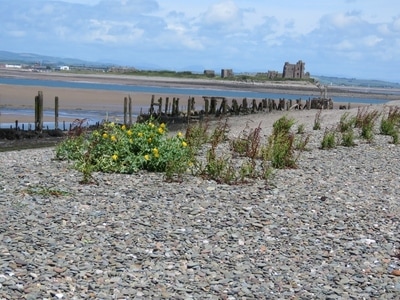
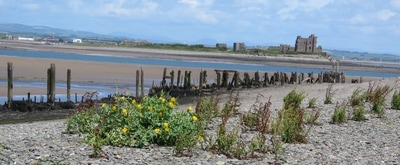
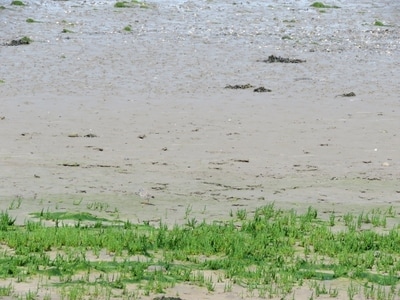
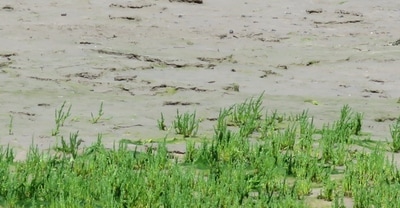
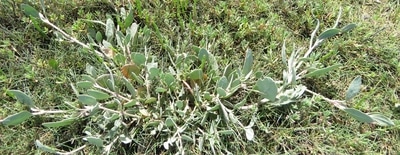
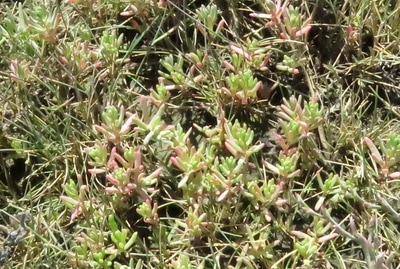
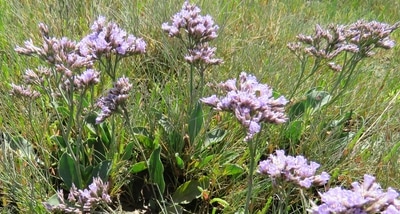
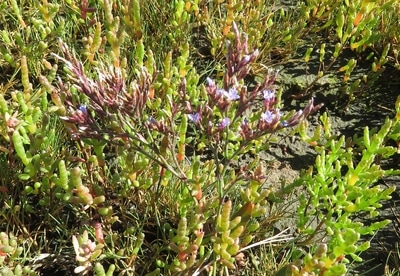
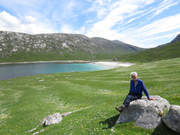
 RSS Feed
RSS Feed